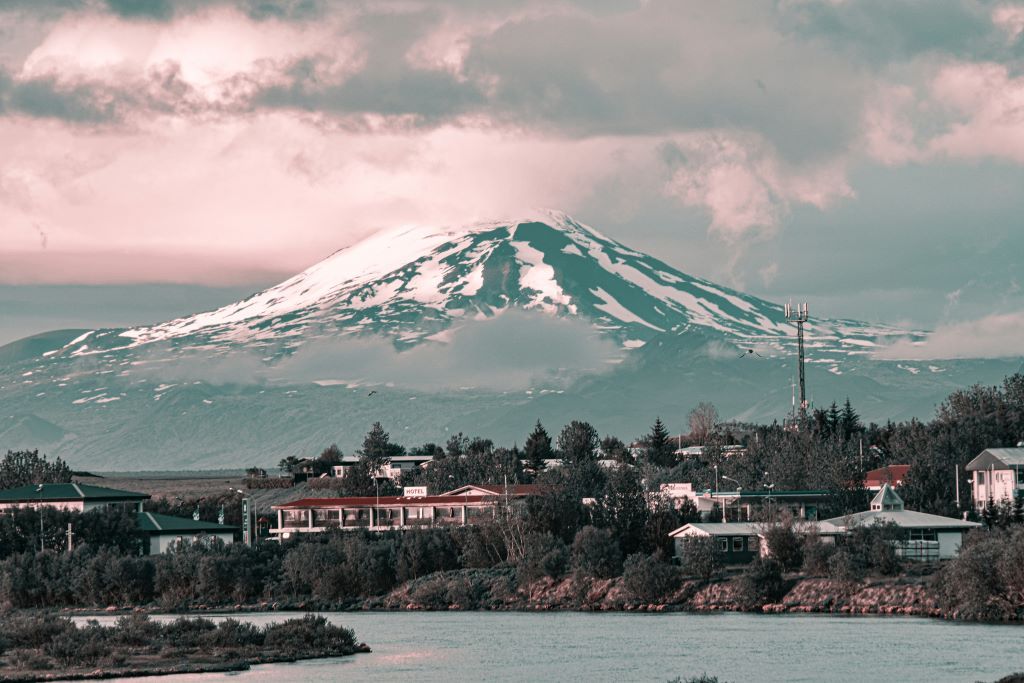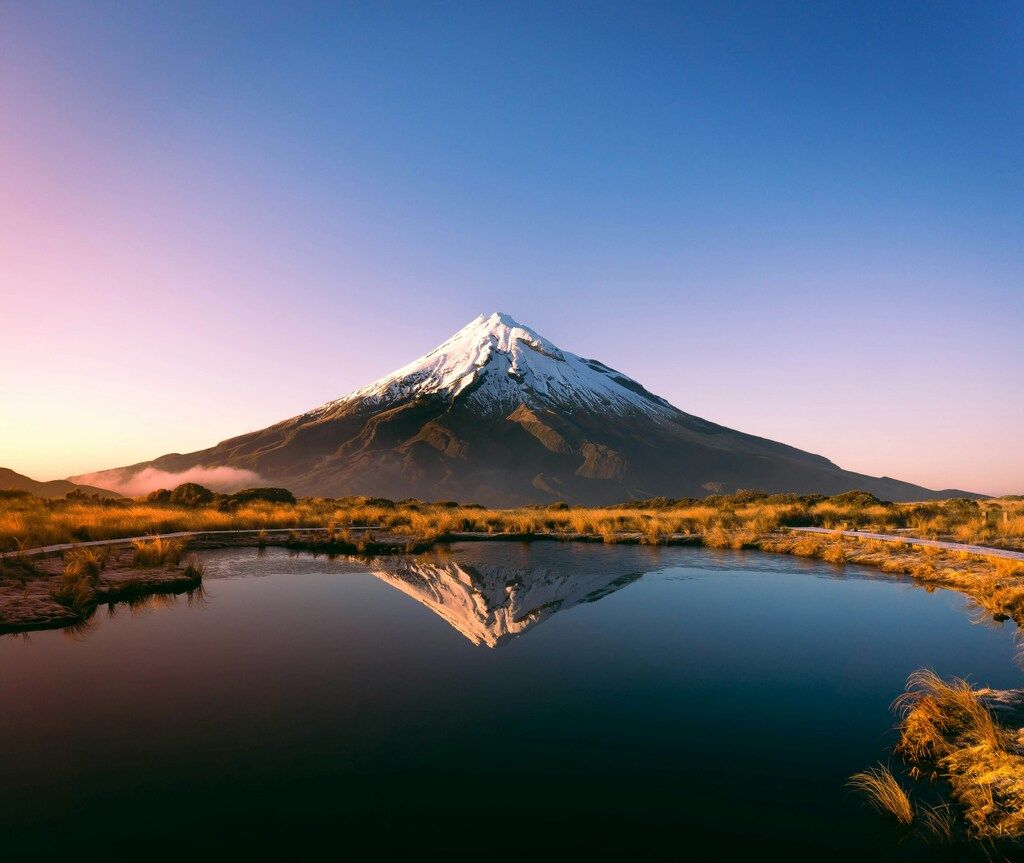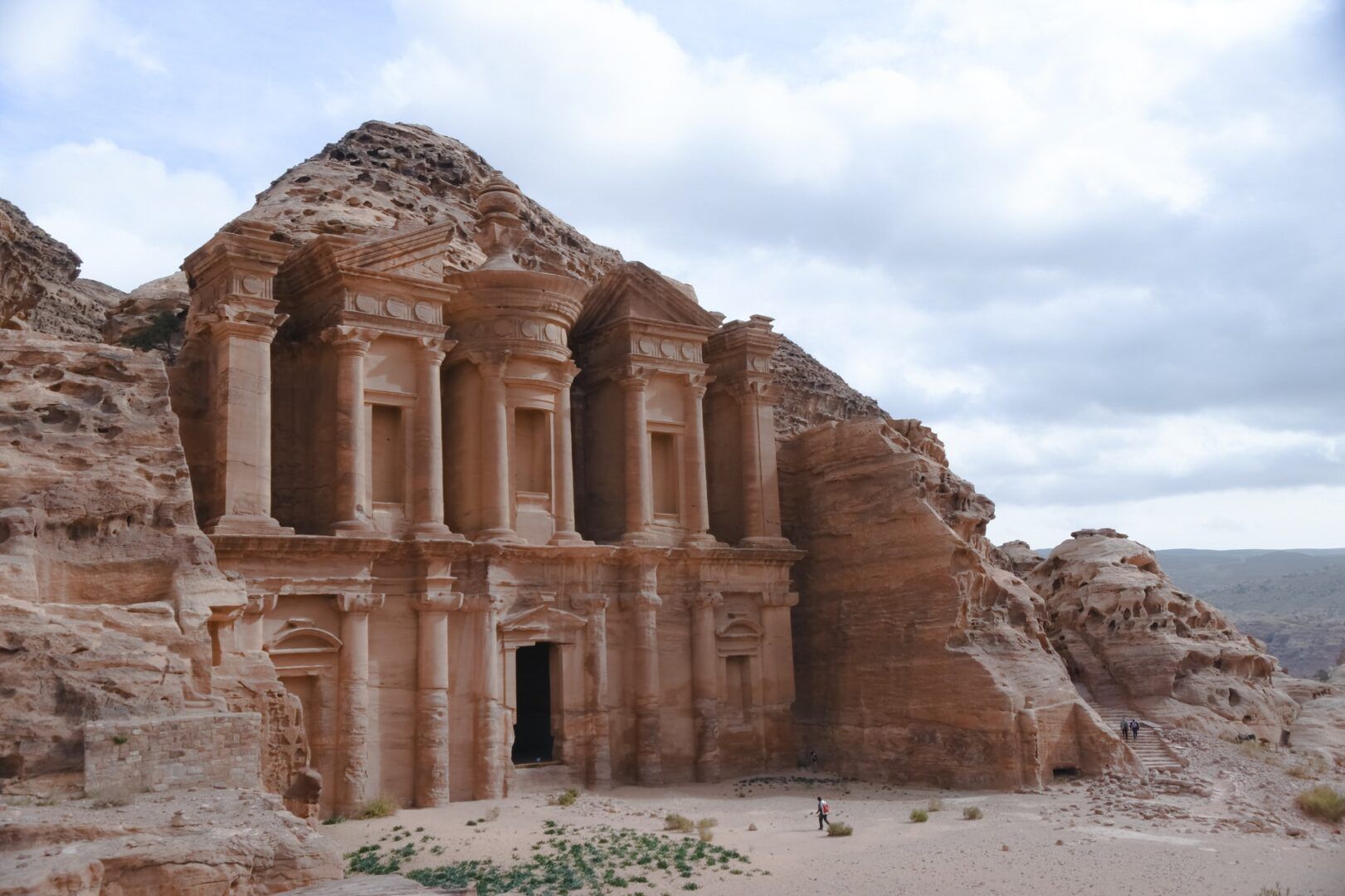

Thanks to its many facets carved into the rock, Petra has been part of the UNESCO World Heritage Site since 1985. The surrounding area has also been listed as an archaeological national park since 1993. In a 2007 online survey involving 100 million participants, it was also declared as one of the seven wonders of the modern world, also known as the new seven wonders of the world, surpassing none other than the Great Wall of China and the Colosseum.
If you’re wondering what to do and see in Petra, well, the short answer is … everything.
There is no main attraction in Petra, the attraction is the city itself! Nevertheless, our advice is to spend at least two days visiting Petra, but know that – being very large and dispersive – a week would not be enough to visit every corner.
The Siq: the entrance to Petra
Currently, Petra is a vast archaeological site that can be accessed through the Visitor Centre after buying a ticket.
Once inside, you will find yourself directly inside the Siq, the canyon that leads to the heart of the city, which is about 1.5 km long and 80 metres high. Walking through this canyon, with stretches that tighten to a mere 2 metres in width, you can admire the walls’ wonderful shades of red and pink, some incisions in the stone, and the canals used to transport water.
At the far end of the Siq is Petra’s most famous monument, Al-Khazneh or the Pharaoh’s Treasury.
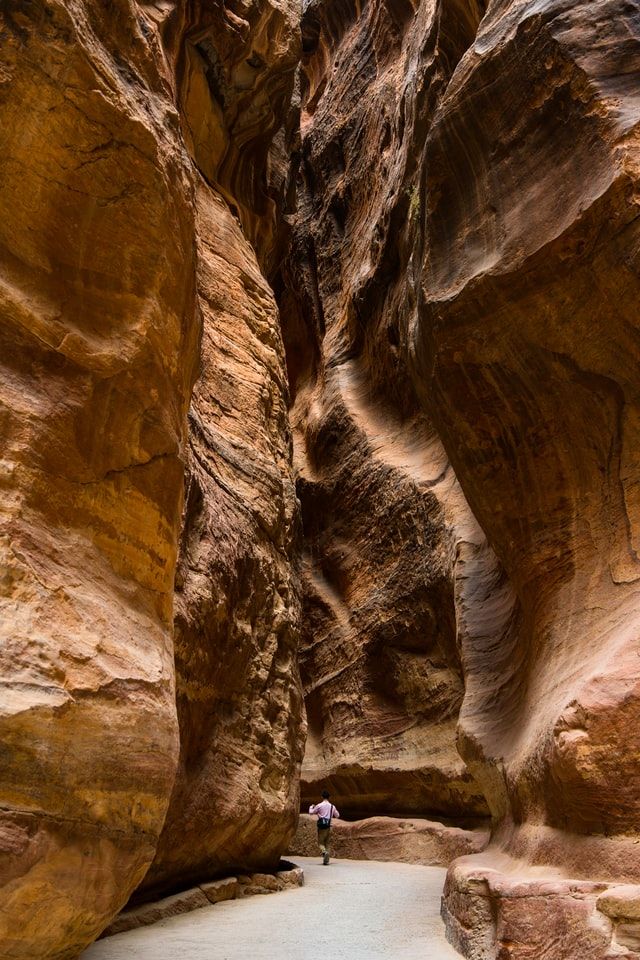
Al-Khazneh
As you exit the Siq, you find yourself in front of the majesty of the Pharaoh’s Treasury. If we had to suggest a single thing to do in Petra, we would probably tell you to see this attraction. The place was the tomb of the Nabataean King Areta III in the first century BC. In 2003 the complex under the Treasury, consisting of 4 mortuary chambers belonging to the first century AD was discovered.
The Treasury appears in popular culture in scenes from the Indiana Jones and the Last Crusade film.
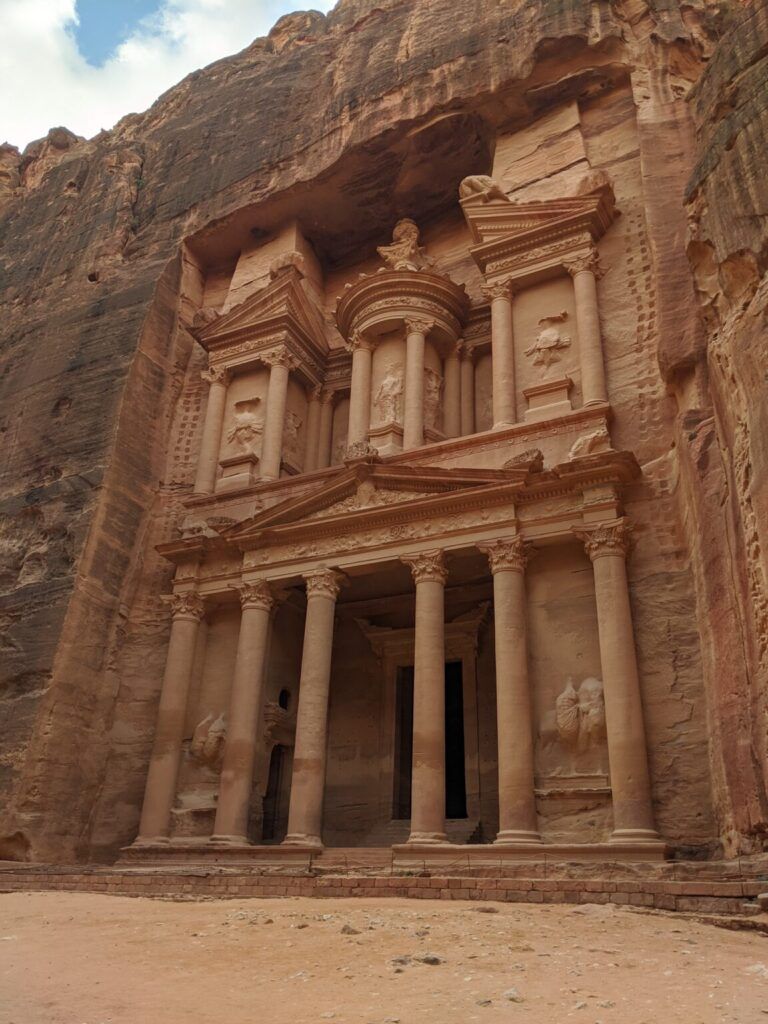
After passing the Treasury, the route opens and continues towards the Street of Facades where you can admire dozens of tombs and houses carved into the rock, in full Nabataean architectural style. In reality, there are hundreds of tombs but you have to find them by taking side paths and going uphill. Along with the tombs are also hidden some facades of temples and funeral rooms.
Jebel al-Madhbah
Following the route becomes more challenging and you need to overcome rocks and steps, but the best attractions are the most difficult to reach! We take you along these steep paths because visiting the Mountain of the Altar or Jebel al-Madhbah is among the unmissable things to do in Petra.
The Mountain of the Altar is located at a summit that offers a magnificent panorama from which you can admire Petra even more. Not too distant, there is also a view of the Pharaoh’s Treasury from above, absolutely not to be missed.
On your way back, you will take an alternative route to explore other tombs, temples and cisterns that were once used for water conservation, the main source of wealth in the area.
Continuing along the route, we find the Roman amphitheatre of Petra, large enough to accommodate up to 3,000 people, and the Royal Tombs, a series of fantastic monumental burials carved into the sandstone.
The name Mountain of the Altar originates from the Nabataeans’ custom of performing ritual sacrifices for the gods in this place.
Colonnaded Street
Colonnaded Street is the central road of Petra and is rightfully among the must-see things to visit. It was built by the Romans on the remains of a pre-existing Nabataean artery in 106 A.D. Originally the road was bordered by marble-clad sandstone columns.
Along the street, you can see observe remains of the commercial district, and the ruins of the Royal Palace. At the end of Colonnaded Street stands Traiana Gate which indicates the end of the commercial area and the beginning of the area dedicated to cults.
Ad Deir
Through a long and winding path that includes a staircase of 800 steps carved into the rock you reach the second most famous temple in Petra, the Ad Deir Monastery dating back to the first century. This monument is probably the tomb of the Nabataean King Obodas I. The funerary urn is 9 metres tall and is accessible from a staircase. The interior of the Monastery consists of a large room where there is a podium at the bottom.
The position of the Monastery remains, however, a remarkable vantage point where you can peer into Palestine in the distance! A visit here is absolutely among the things to do in Petra!
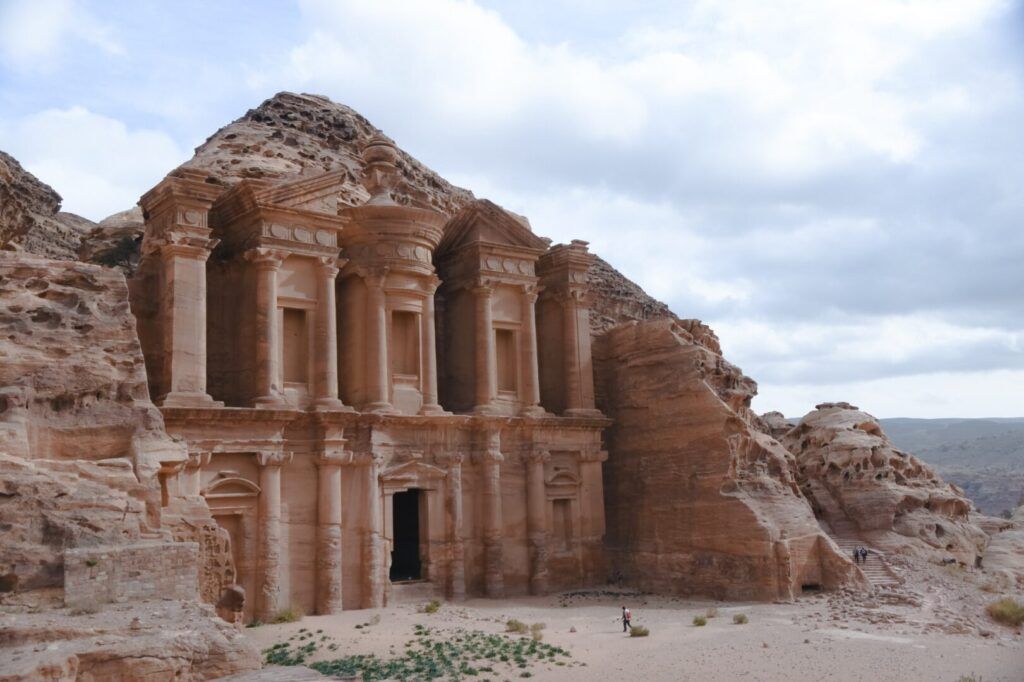
Costs and times to visit the archaeological site of Petra
The ticket to visit the city of Petra’s price varies according to the number of days; it is convenient to buy a two/three-day ticket instead of just one. The ticket price for a one-day visit is around £ 54 (50 Jordanian dinars), a two-day one is around £ 60 (55 Jordanian dinars) and a three-day ticket costs about £ 66 (60 Jordanian dinars).
About visiting hours, you can visit the city from 6 in the morning until just before sunset: in summer the closure is at 6 pm while in winter it closes at 4 pm. After these times Petra is still accessible for the night tour.
Our advice is to visit these places during sunrise or sunset, when the sun radiates warm hues on the multicoloured stones that make up the monuments of Petra.
Petra by night: illuminated by candlelight
In Petra, you can plan a guided nightly excursion in the old town and see the Treasury under the light of hundreds of candles. The experience consists of walking in the dark starting from Siq and reaching the Treasury only thanks to the light of the soft candles positioned along the path.
We suggest you approach this journey in silence to fully enjoy the grandeur of the place. The goal is to recreate the same sensations that the ancient Nabataeans felt when they returned home after a long journey in search of new markets. Once you reach the Treasury, visitors sit down and a musician starts playing the rebab, an instrument very similar to a flute, and then the evening concludes with a Bedouin telling a story about Petra.
In addition to the Treasury’s charm with this magnificent setting, it also provides a uniquely beautiful starry sky.
Duration and times: the Petra by night show lasts about 30 minutes while the total visit lasts about 2 hours with departure around 8:30 pm. Night tours only take place a few days a week, so make sure you have all the information before you depart!
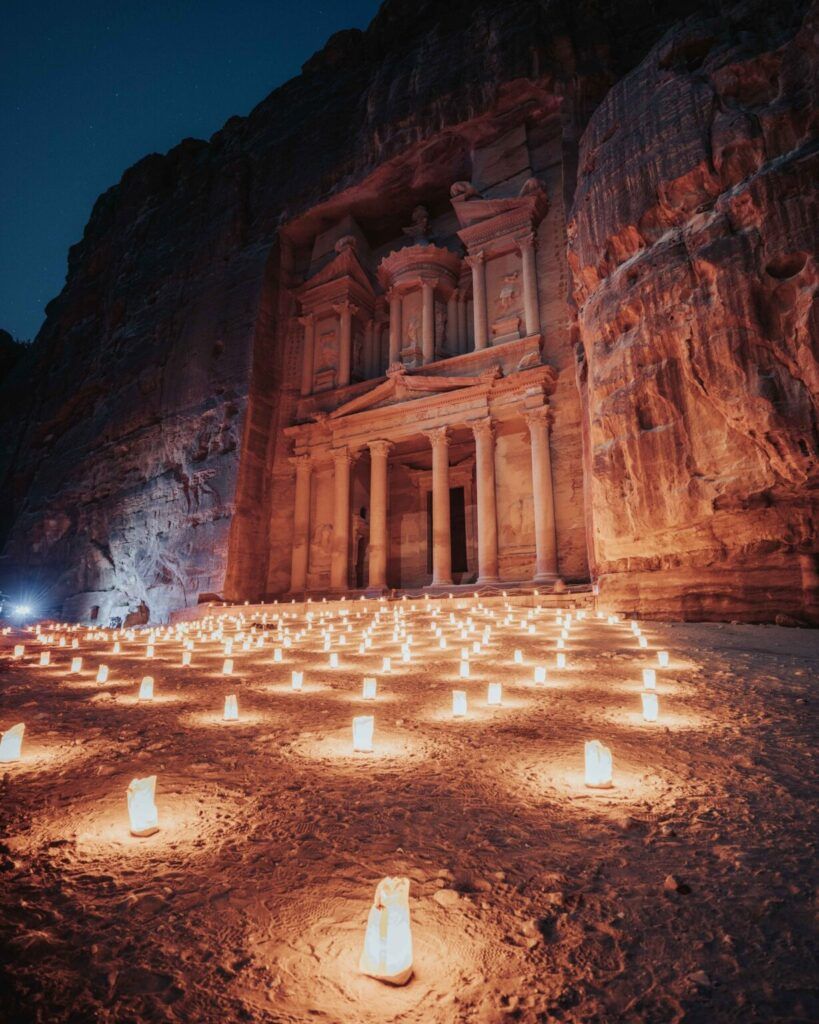
When to visit Petra
Petra has a desert climate, with very torrid summers. Despite this, there can be heavy rains that flood the entire valley and the Siq.
We suggest you visit in the autumn months, between the end of September and the beginning of December. The winter months can be subject to rain (however only 245mm per year), while the summer months are uncomfortably hot.
How to reach Petra
From the Queen Alia airport in Amman, located south of the capital Amman, you can reach Petra in about 2h40 by road, driving about 200km. If, on the other hand, you leave from Amman it is about 235km which corresponds to about 3h of driving from the city.
You can also consider spending a few nights in Petra. There are numerous hotels, for all budgets, located outside the archaeological site, in the city of Wadi Musa.
Discover Petra with WeRoad
To visit Petra, we have developed a fantastic itinerary to discover Jordan and its main attractions. We are talking about the mythical all-around Jordan: through Petra, Wadi Rum and the Dead Sea. Discover all the details of this trip and pack your suitcase!

